1. Farm-to-Table for the Masses

At first, the farm-to-table trend was a genuine push for local, fresh food and support for small farms. But as it gained popularity, big chains started co-opting the language without the practices. Suddenly, everything was “artisanal,” “organic,” or “locally sourced”—even when it wasn’t.
This “greenwashing” diluted the entire movement, according to Bryan Lavery of Eatdrink Magazine. Meanwhile, actual small farms continued to struggle under corporate pressure and climate change. The result? A food revolution that started with promise but often ended with empty labels and higher prices.
2. Detox Teas and Juice Cleanses
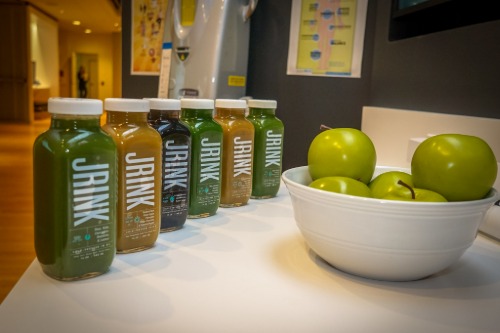
For a while, it felt like every influencer was pushing some brightly labeled detox tea or kale-heavy cleanse. The promise? Flush out toxins, drop 10 pounds, and glow like a lightbulb. But science never backed it up—our bodies already have kidneys and livers for that job, Anthea Levi of Health.com explains.
Worse, many of these products had laxative effects or were dangerously low in nutrients. In some cases, detox teas led to dehydration, cramping, and even hospital visits. The FDA has even warned consumers about unregulated ingredients in some of these products. All hype, no healing.
3. Charter Schools as the Ultimate Fix for Education

When charter schools started gaining traction in the 1990s, they were marketed as the silver bullet for the struggling U.S. education system. The idea was to give families options and encourage innovation through flexibility. Some schools absolutely thrived, but the broader data shows wildly inconsistent results, Peter Greene of Forbes explains. In many cases, charter schools performed no better than their public counterparts—and sometimes worse.
Critics also point out that charter schools can divert funding away from traditional public schools. And because they’re often less regulated, issues around accountability and equity have cropped up. In cities like Detroit and New Orleans, the charter experiment left some students behind. Education reform is never one-size-fits-all, and this trend proved that.
4. Google Glass
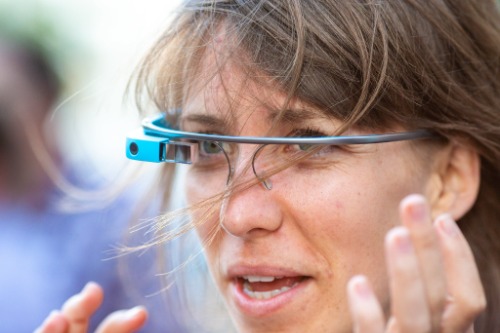
When Google Glass was introduced in 2013, it looked like the future had finally arrived. Augmented reality right in your line of vision! But then came the privacy concerns, the social awkwardness, and the $1,500 price tag. People just weren’t ready—or willing—to walk around with a camera on their face.
“Glassholes” became a cultural punchline, and restaurants, bars, and even workplaces started banning the device, Justin Burton Weidner of Investopedia shares. Google pulled the plug on the consumer version in 2015, quietly shifting focus to industrial uses instead. It turns out there’s a fine line between innovation and intrusion. This tech fizzled before it ever really lit up.
5. College-for-Everyone Mentality

For decades, the message was loud and clear: if you want to succeed, go to college—no exceptions. While a college degree can still open doors, pushing everyone toward a four-year program left trades and apprenticeships in the dust. Now, the U.S. has a severe shortage of skilled labor, from electricians to welders.
Meanwhile, student debt has ballooned to over $1.7 trillion. Many graduates end up underemployed, working jobs that don’t require a degree at all. The one-path-fits-all approach ignored the diversity of talents and economic needs. It was a noble idea that backfired hard.
6. Lean In and Girlboss Culture
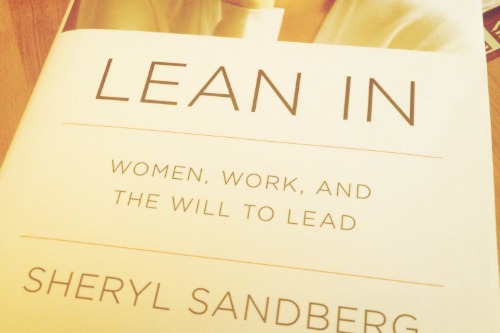
After Sheryl Sandberg’s Lean In hit bookshelves in 2013, “empowerment feminism” exploded across corporate America. The idea was that women just needed to push harder, speak louder, and assert themselves to break glass ceilings. While it inspired many, it also overlooked systemic issues like wage gaps, discrimination, and lack of parental support.
Critics began pointing out that the burden was being put on individual women rather than the structures around them. And the fall of multiple “girlboss” icons (think Elizabeth Holmes or Sophia Amoruso) further complicated the narrative. By the early 2020s, the girlboss archetype started to feel hollow, even performative. The movement promised revolution but delivered a slogan.
7. Gig Economy Freedom
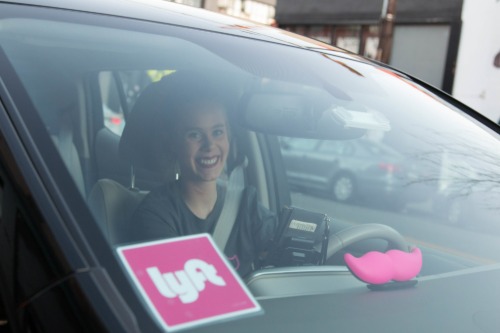
The rise of apps like Uber, Lyft, and DoorDash sold us a dream of freedom—work when you want, be your own boss. For some, it worked out, but the broader picture tells a different story. Many gig workers face unstable income, no benefits, and algorithmic control that feels anything but empowering.
Plus, the lack of labor protections created an entirely new underclass of workers. California’s Prop 22 and other legal battles highlighted just how messy this model is. What was supposed to be the future of work turned into a cautionary tale. Flexibility, it seems, came with fine print.
8. Suburban Sprawl as the American Dream

Post-WWII, America doubled down on the idea that happiness meant a single-family home, a yard, and a commute. Suburbs exploded in popularity, with highways stretching ever outward. But the long-term effects included increased pollution, economic segregation, and a dependence on cars that’s hard to shake.
Urban planners now warn that this model is unsustainable and isolating. Millennials and Gen Z are increasingly rejecting suburban life, seeking walkable neighborhoods and better public transit. Housing shortages in cities have become a major crisis. The sprawl didn’t solve urban problems—it just moved them further out.
9. Open Office Spaces

The idea was simple: knock down the cubicles, and suddenly everyone’s collaborating, innovating, and high-fiving by the water cooler. But in reality, open office layouts often led to more distractions, less productivity, and a whole lot of noise. A 2018 Harvard study actually found that people in open offices communicated 70% less in person and turned to messaging and email instead. Turns out, when you can hear your coworker’s lunch crunch, you’re not exactly inspired to brainstorm.
Companies rushed to embrace this Silicon Valley aesthetic in the 2000s, thinking it would supercharge teamwork. Instead, employees reported lower job satisfaction and more frequent sick days. Many businesses have since spent big bucks re-dividing their spaces. It was a pricey detour that fixed nothing—and made a lot of people cranky.
10. Self-Help Gurus and Life Hack Culture

Who hasn’t tried a life hack or followed a motivational speaker hoping for some clarity? From Tim Ferriss to Tony Robbins, the idea was that with the right mindset (or calendar), you could master productivity and fulfillment. But the problem is, life isn’t a checklist—and not all advice works for all people.
Many of these gurus profit from selling the idea that you’re just one tweak away from greatness. That can be demoralizing if it doesn’t work—or if the advice ignores mental health, systemic inequality, or burnout. A lot of these “solutions” ended up being repackaged common sense. Great for clicks, not so much for lasting change.
11. Crypto as Financial Salvation
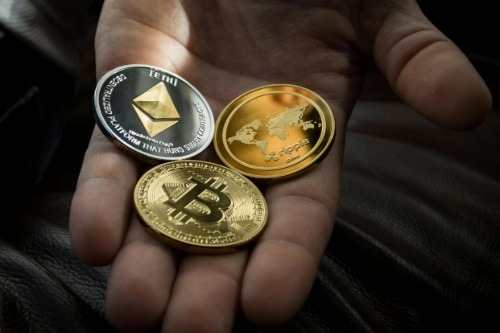
Bitcoin and other cryptocurrencies were pitched as the answer to everything wrong with traditional finance—corruption, inflation, and lack of access. In reality, the market proved incredibly volatile and ripe for scams. The 2022 FTX collapse was a dramatic example of how little oversight and accountability existed.
Millions of people lost real money chasing digital gold. While blockchain has its uses, crypto hasn’t lived up to the world-changing hype. Instead of democratizing wealth, it created a new elite and a whole new form of risk. The tech’s promise remains—but its execution fell far short.
12. Tech in the Classroom (iPads for All!)
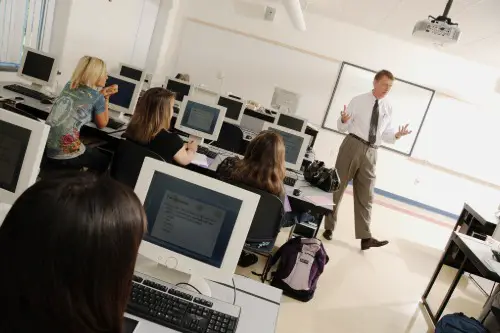
School districts spent millions rolling out tablets and laptops with the hope of modernizing learning. But handing a kid an iPad doesn’t automatically improve education. Many programs lacked proper training for teachers or reliable content to back up the devices.
Worse, some studies show that excessive screen time can hurt focus and comprehension. When the COVID-19 pandemic forced remote learning, tech was essential—but it also exposed deep digital divides and inequities. Technology can support learning, but it’s not a fix-all. The promise of tech-first classrooms remains more complicated than it first appeared.


